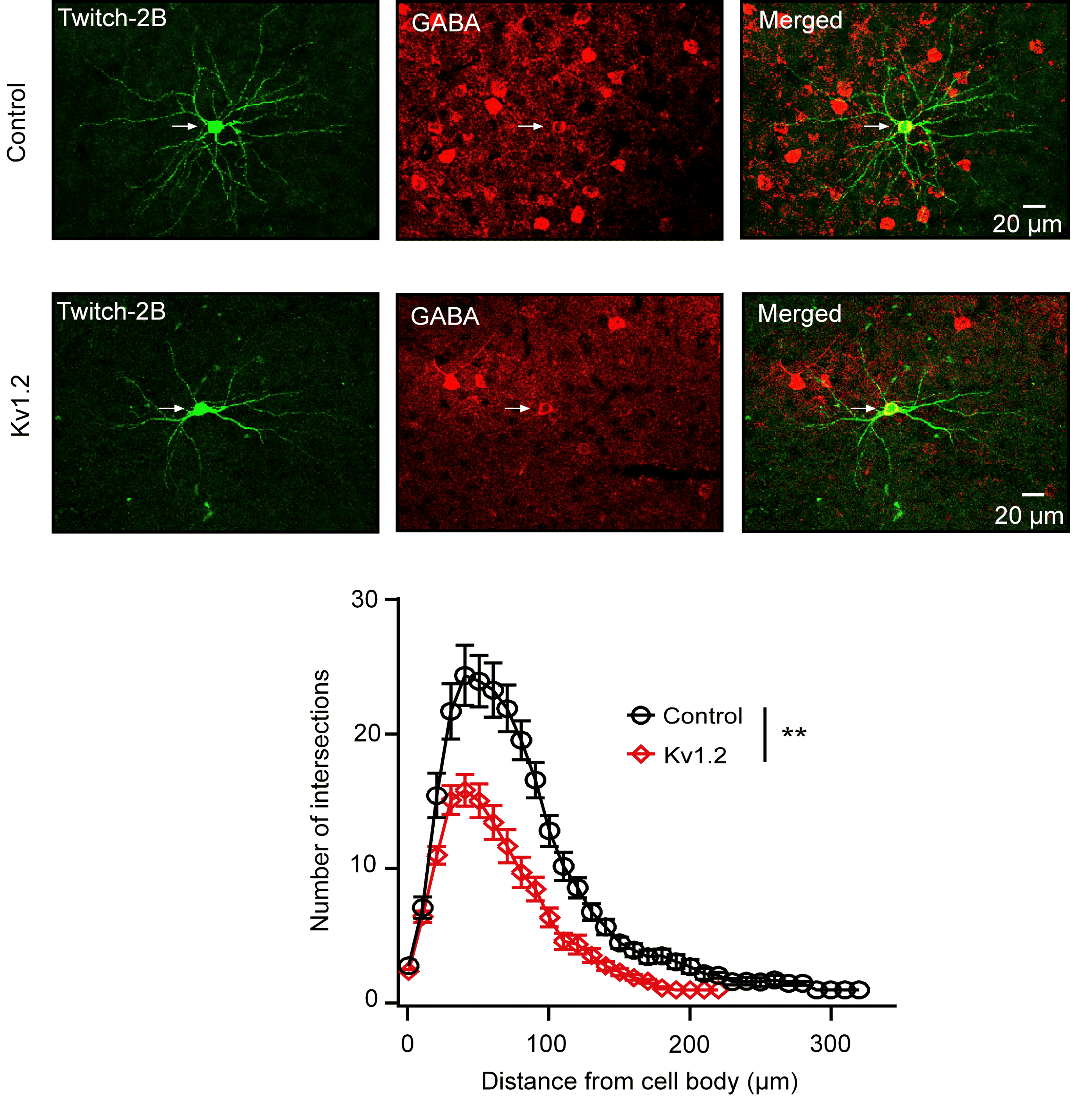 De novo mutations in genes encoding K+ channels are implicated in many severe neurodevelopmental disorders. Specifically, mutations in KCNA2, encoding the Shaker-type voltage-gated K+ channel Kv1.2, and KCNJ2, encoding the inwardly rectifying K+ channel Kir2.1, associate with focal and generalized epilepsies, brain atrophy, autism, ataxia and hereditary spastic paraplegia (Syrbe et al., 2015; Masnada et al., 2017; Cheng et al., 2021).
De novo mutations in genes encoding K+ channels are implicated in many severe neurodevelopmental disorders. Specifically, mutations in KCNA2, encoding the Shaker-type voltage-gated K+ channel Kv1.2, and KCNJ2, encoding the inwardly rectifying K+ channel Kir2.1, associate with focal and generalized epilepsies, brain atrophy, autism, ataxia and hereditary spastic paraplegia (Syrbe et al., 2015; Masnada et al., 2017; Cheng et al., 2021).